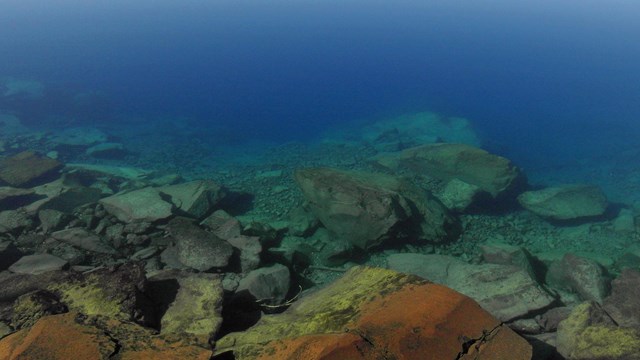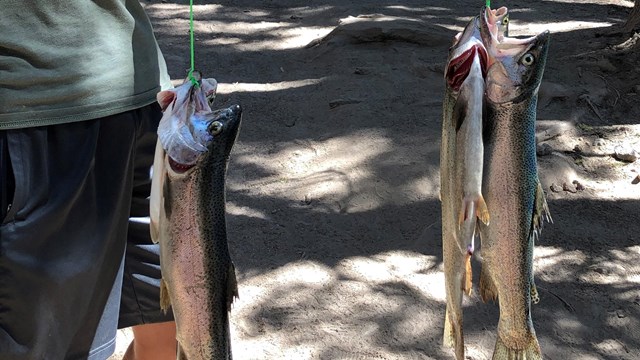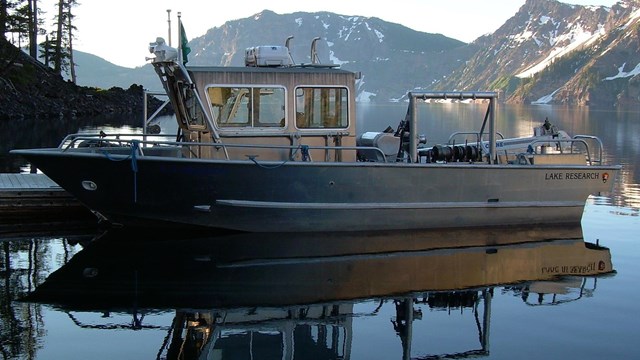LimnologyThe park's limnological monitoring program ensures the health and preservation of Crater Lake. Through monitoring and research efforts, the program serves as a platform to develop and communicate a better understanding of biological, physical, geochemical, and climatological processes that affect the lake.Limnological studies of Crater Lake occurred as early as 1886. Studies conducted from 1978 to 1981 suggested that water quality might have deteriorated compared to observations made years earlier. A review of existing lake data by the NPS and a panel of limnologists in 1982 concluded that the existing data was insufficient to determine if the lake had actually changed and recommended monitoring to document the basic characteristics of the lake. In the fall of 1982, Congress passed Public Law 97-250 that directed the Secretary of the Interior to conduct a 10-year study on Crater Lake to examine the lake for possible deterioration of water quality. Long-term Lake Monitoring ProgramThe long-term limnological monitoring program (LTLMP) at Crater Lake began in 1983 and included four major goals:
State of the Lake ReportThe State of the Lake Report presents updated data related to the long-term health of the lake, and a current and evolving understanding of how the lake functions. Each year the report's content changes to reflect the current lake status. It summarizes recent projects that focus on important, emerging issues. It may include overall trend-analyses, which are updated on approximately five-year intervals. This report is primarily intended to inform park management and the general public about Crater Lake. It is not an exhaustive review of all pertinent limnological literature but does present examples from other lakes and research studies where appropriate.State of the Lake Report: 2020 State of the Lake Report: 2018 
Once Prime Habitat for Newts
Mazama Newts were once the top predator along the shore of Wizard Island and the lake. Who are they and what happened? 
Too Many Crayfish
Crayfish are not only invasive but they are at the center of many negative issues and impacts in the lake. PAGE UNDER CONSTRUCTION, 
Invasives, Impacts, and Issues
Fish & crayfish are invasive species. Their impacts are wildly different. What other issues are the biologists facing? PAGE IN DEVELOPMENT 
Research Equipment
The Neuston is one of two research boats used at Crater Lake along with an 8-in disk, a weather station, and many other scientific tools. 
Bathymetry
In 2000, the bottom of Crater Lake was mapped, revealing the contours and size of four underwater volcanoes, including Wizard Island. 
Monitoring
Defining the lake by its color and clarity is only the beginning as researchers monitor the underwater moss, seepage, newts, and more. |
Last updated: July 26, 2022
